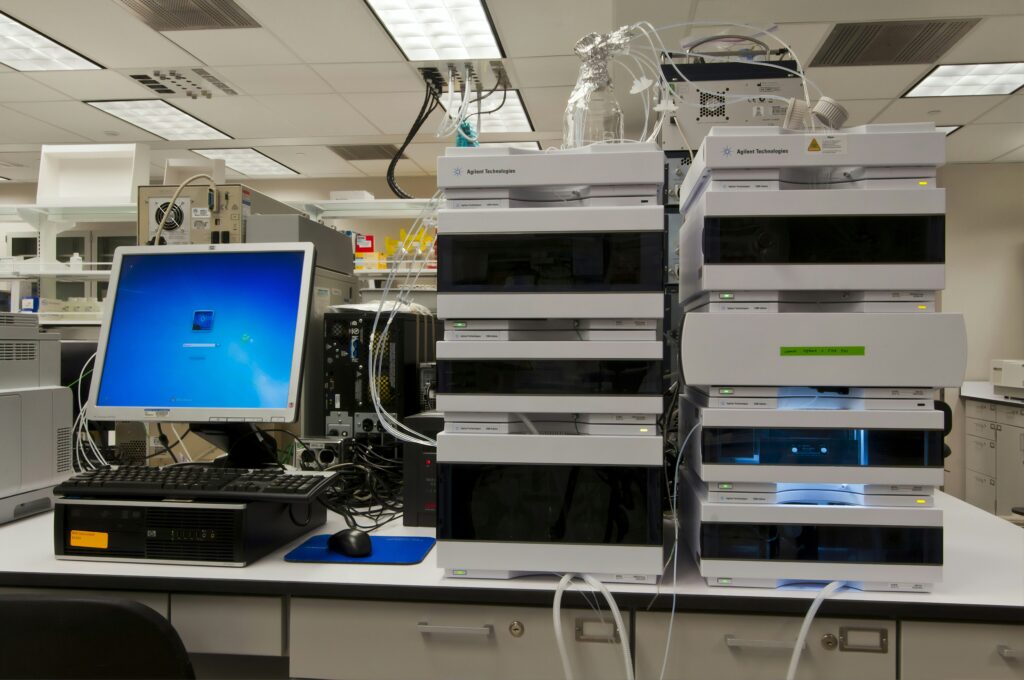
In a groundbreaking study that could revolutionize diabetes treatment, researchers have successfully engineered human stomach cells to produce insulin, offering hope to millions affected by Type 1 diabetes worldwide. This innovative approach, detailed in the latest issue of Stem Cell Reports, addresses the core issue of insufficient insulin production by pancreatic beta cells.
Type 1 diabetes, affecting approximately 9.5 million people globally, results from the pancreas’s inability to produce adequate insulin, leading to elevated blood glucose levels. Over time, this condition can severely damage vital organs such as the kidneys, eyes, and cardiovascular system. Current management of diabetes requires lifelong blood sugar monitoring and insulin injections to maintain healthy glucose levels.
Innovative Approach to Insulin Production
The new treatment strategy involves replacing lost or dysfunctional pancreatic beta cells. This can be achieved through cell transplantation or by generating new beta cells from existing cells within the body. The latter method was pursued by a team led by Xiaofeng Huang from Weill Cornell Medicine, USA, and Qing Xia from Peking University, China. Their previous research demonstrated that mouse stomach cells could be transformed into pancreatic beta cells via genetic engineering.
In their latest work, the researchers explored whether human stomach cells could undergo a similar transformation. They began by creating human stomach organoids, which are microscopic structures that mimic normal stomach function. These organoids were genetically engineered to transform into pancreatic beta cells when a “genetic switch” was activated.
Successful Trials in Mice
The engineered stomach organoids were transplanted into the abdominal region of mice, where they survived and matured over six months, forming connections with surrounding tissues and the blood system. Upon activating the genetic switch, the human stomach cells converted into insulin-secreting cells, resembling pancreatic beta cells in gene and protein expression.
Encouragingly, in diabetic mice, insulin secreted from the transformed human cells effectively controlled blood sugar levels and mitigated diabetes symptoms. This promising outcome suggests that a similar approach could be used to convert cells from a patient’s own stomach into insulin-secreting cells directly within the body.
Looking Ahead: Safety and Efficacy
While the results are promising, further studies are necessary to ensure the safety and efficacy of this approach in human patients. The researchers emphasize the importance of additional research to address potential risks and refine the technique for clinical application.
“The potential to convert stomach cells into insulin-producing cells within a patient’s body could transform diabetes treatment, reducing the need for external insulin injections,” said Dr. Xiaofeng Huang.
About Stem Cell Reports and ISSCR
Stem Cell Reports is the open-access, peer-reviewed journal of the International Society for Stem Cell Research (ISSCR), dedicated to communicating significant discoveries in stem cell research, including translational and clinical studies. The journal focuses on original research with broad interest to stem cell biologists and clinicians. Stem Cell Reports is a partner journal of Cell Press and can be found on X: @StemCellReports.
The ISSCR, with nearly 5,000 members from over 80 countries, is the leading global organization dedicated to stem cell research and its clinical applications. The society’s mission is to promote excellence in stem cell science and its translation to improve human health.
This development represents a significant step forward in diabetes research, offering a potential new avenue for treatment that could alleviate the burden of daily insulin management for millions. As research continues, the scientific community remains hopeful for a future where diabetes can be managed more effectively and with less intrusion into patients’ daily lives.






